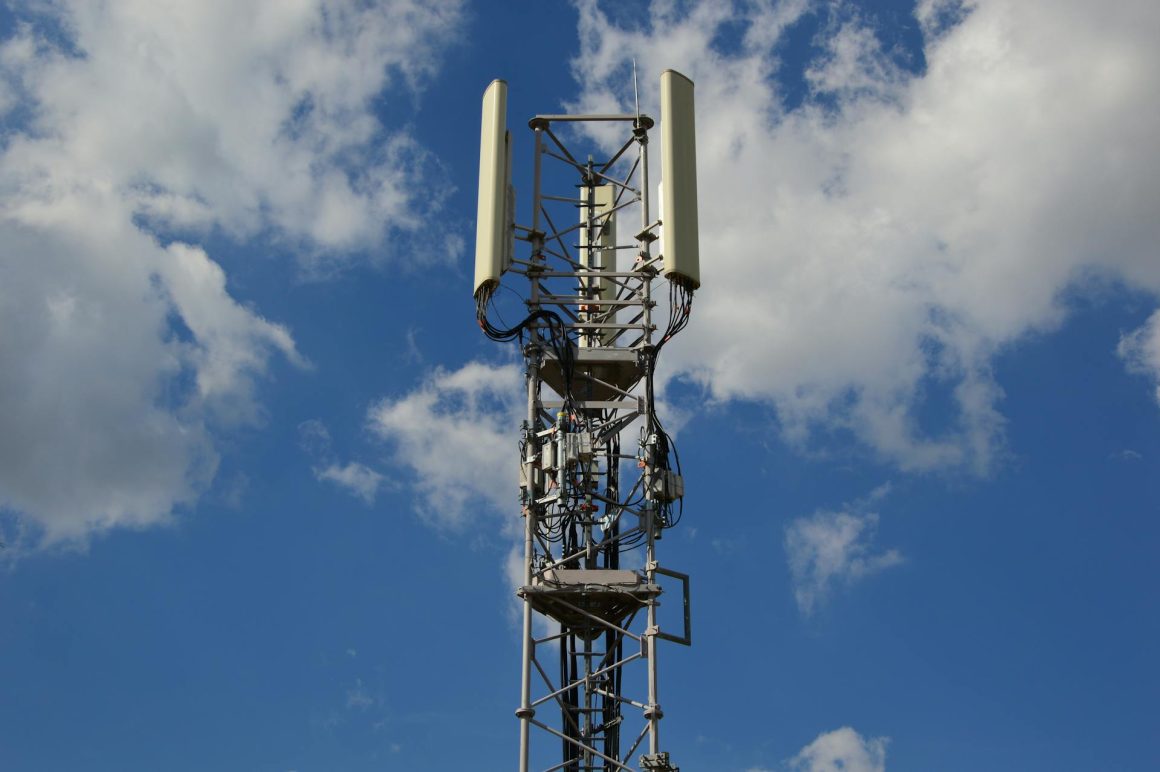Private 5G and 4G networks will experience notable growth in the next two years. According to a report by consultancy SNS Telecom and IT, global spending on such structures will account for more than $6 billion by the end of 2027.
Around 60% of these investments ($3.5 billion) will be directed towards the buildout of standalone private 5G networks.
“There has also been a surge in the adoption of private wireless small cells as a cost-effective alternative to DAS (Distributed Antenna Systems) for delivering neutral host public cellular coverage,” the company stated in a press release.
According to the report, this increase in adoption is stronger in the United States, mainly because of the open accessibility of the license-exempt GAA (General Authorized Access) tier of the 3.5 GHz CBRS spectrum band.
“This unprecedented level of growth is likely to transform private cellular networks into an almost parallel equipment ecosystem to public mobile operator infrastructure in terms of market size by the late 2020s,” the report forecasts.
Standalone 5G Taking Off
While traditional public mobile operators – around 800, according to the SNS Telecom and IT – are struggling to deploy 5G standalone, the situation for private networks has been quite the opposite.
“Although 5GC (5G Core) infrastructure for standalone 5G connectivity services has been deployed by less than a tenth of the public mobile operators, the technology is experiencing much greater success in the relatively smaller but burgeoning private cellular segment,” the report found.
This happens because standalone performance and system efficiency advantages, compared to non-standalone 5G networks, are more easily consumable in the short term.
“End-user organisations have credited private cellular network installations with productivity and efficiency gains for specific manufacturing, quality control and intralogistics processes in the range of 20 to 90%, cost savings as high as 40% and an uplift of up to 80% in worker safety and accident reduction.”
High Expectations for Private Networks
The good results so far have helped to create early hype for private networks, but the regulatory framework around the technology is also maturing, setting the stage for further growth in the adoption rate.
The report found that spectrum liberalisation initiatives – particularly shared and local spectrum licensing frameworks – are pivotal in accelerating the adoption of private LTE and 5G networks.
Telecommunications regulators in multiple national markets – from developing countries like Brazil and Poland to developed nations like the United States, Canada, Germany, the United Kingdom, and others – have released or are granting access to shared and local area licensed spectrum.
“Private networks are one of the few bright spots in the otherwise gloomy wireless telecommunications industry,” SNS summarised.



